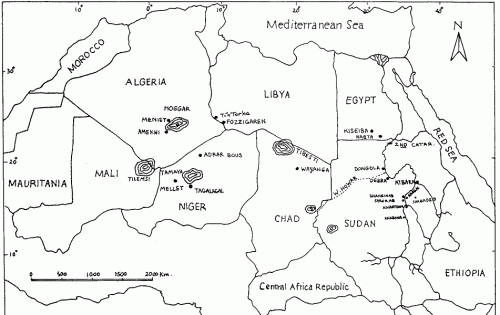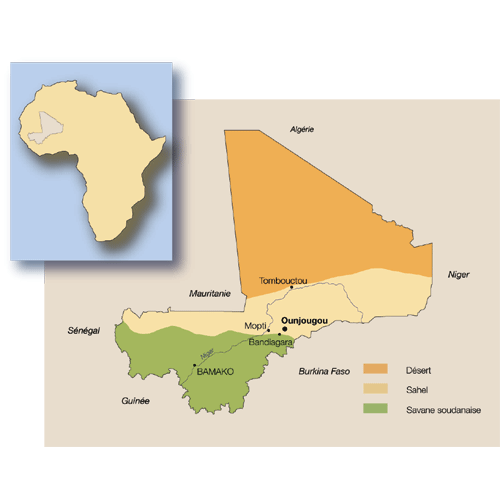
The worlds oldest ceramic object, the Venus of Dolni Vestonice, from the Czech Republic, 26,000 years old.
Makes you wonder why the Cro Magnon Czechs didn’t think to make little pots from it. Although Europe was technically aceramic until about 8,000 years ago, ceramic statues are occasionally seen from the Paleolithic until the Neolithic. They just didn’t make pots out of it.

The world oldest known ceramic pots, Jomon, about 16,500 years old. Found In cave in Japan. Pottery along the Amur river in Russia has a similar age.

This piece ofgrey-blue Iranian pottery is 10,000 years old. It is discovered in Ganj Dareh (Valley of Treasure), a district of Kermanshah province, west of Iran

These potsherds from Mali that are about claimed to be 11,500 years . But, the date on the Malinese pots are a little suspicious, as they were dated from the sediments, not by thermo-luminesence or carbon dating. Still, it does seem North Africa/the Saharan people discovered pottery independently. It seems possible the Europeans picked it up pot making from the East of them and not Africa, as the pottery traditions are quite different to North African ones in the Earliest European sites.

There’s a bit of a controversy over some objects pulled out of the ocean floor off the coast of India, in the Bay of Cambay (aka Khambat). When dated, these apparent potsherds date back to about 30,000 years ago, making them the oldest ceramics ever. They are arguing over these pieces as we speak, claiming they could be natural ‘geofacts’ instead of artifacts. I think they look real, as they are a different colour to the natural sediments, but only time will tell.



 The earliest (if based on little iffy sediment dating) date on
The earliest (if based on little iffy sediment dating) date on 



